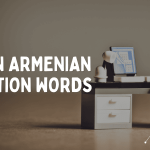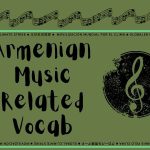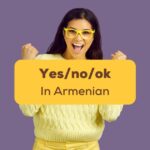Slovenian is a rich language when it comes to grammar. There are many rules you have to follow if you want to speak correctly, and making plural words is one of them.
This blog will be all about making Slovenian words plural and I’ll help you by giving some super easy examples and explanations along the way!
Table Of Contents
Making Slovenian Words Plural
Learning how to make plural words in Slovenian is one thing, but get ready for a surprise: Slovenian has another grammatical number called the dual! That’s why today we’ll have a look at both of them.
So, Slovenian has singular and plural, just like English. Singular form is when there is one of something, and plural is when there are three or more of something.
The dual form in Slovenian is used when there are exactly two of something. This feature makes Slovenian grammar very precise about how many things there are.
Now, Slovenian also has three genders: masculine, feminine and neuter. That’s why we’ll break down the rules for each gender separately and look at all the exceptions as well, since Slovenian always has some tricks up its sleeve!
Feminine Nouns
Making dual and plural nouns in Slovenian means that we have to modify the ending of the noun based on its singular form.
Feminine nouns in Slovenian will generally end in -a, but this is not always the case.
Feminine Dual Form
To form a dual form of a feminine noun, you will usually add an -i to the singular form. Here are examples, where dve means two:
| English | Slovenian singular (1) | Slovenian dual (2) |
|---|---|---|
| hand | ena roka | dve roki |
| book | ena knjiga | dve knjigi |
| table | ena miza | dve mizi |
| queen | ena kraljica | dve kraljici |
| actress | ena igralka | dve igralki |
Feminine Plural Form
When it comes to plural nouns in Slovenian, you have three or more of something. But here’s another tricky thing that Slovenian does.
In Slovenian, the plural noun will change the ending if there are two for dual. For plural, it depends whether you’ve got three or four of something, and then five or above. Bear with me.
Depending on the noun, the plural ending can be either -e or -i. If the noun ends on an -a, the plural usually ends with an -e, and if it ends on a consonant, the plural will end with an -i.
Furthermore, when there are five or more of something, you take away the last vowel.
Here are some examples of what I mean and how to create feminine plural nouns:
| English word | Slovenian singular (1) | Slovenian plural (3 or 4) | Slovenian plural (5 and above) |
|---|---|---|---|
| hand | ena roka | tri/štiri roke | pet rok |
| book | ena knjiga | tri/štiri knjige | pet knjig |
| table | ena miza | tri/štiri mize | pet miz |
| queen | ena kraljica | tri/štiri kraljice | pet kraljic |
| actress | ena igralka | tri/štiri igralke | pet igralk |
Now here are some examples with irregularities:
| English | Slovenian singular (1) | Slovenian plural (3 or 4) | Slovenian plural (5 and above) |
|---|---|---|---|
| wish | ena želja | tri/štiri želje | pet želja |
| mother | ena mati | tri/štiri matere | pet mater |
| sister | ena sestra | tri/štiri sestre | pet sester |
| death | ena smrt | tri/štiri smrti | pet smrti |
| monster | ena pošast | tri/štiri pošasti | pet pošasti |
| chicken | ena kokoš | tri/štiri kokoši | pet kokoši |
The five and above rule is in place until you get to a hundred, and then it resets, until you get to 105 again. An example with the word miza (table):
1 miza, 2 mizi, 3 mize, 4 mize, 5 miz, 6 miz, 7 miz, … 100 miz, 101 miza, 102 mizi, 103 mize, 104 mize, 105 miz, 106 miz, 107 miz …
By the way, you can take a look at the Slovenian numbers blog to learn counting in Slovenian.
Masculine Nouns
Masculine nouns usually end with a consonant.
Masculine Dual Form
To form the dual form of a masculine noun in Slovenian, you usually add -a to the singular form. Pay attention to some word changes in this table!
| English | Slovenian singular (1) | Slovenian dual (2) |
|---|---|---|
| sleeve | en rokav | dva rokava |
| boy | en fant | dva fanta |
| brother | en brat | dva brata |
| day | en dan | dva dneva |
| father | en oče | dva očeta |
| son | en sin | dva sinova |
| teacher | en učitelj | dva učitelja |
| key | en ključ | dva ključa |
| glass | en kozarec | dva kozarca |
| dog | en pes | dva psa |
Masculine Plural Form
The masculine plural form is a bit tricky, as there are more possibilities on how to make plurals. When you’ve got three or four of something, you just add and -i or a -je to the end. When it’s five or above, it will usually end with an -ov or -ev.
| English | Slovenian singular (1) | Slovenian plural (3 or 4) | Slovenian plural (5 and above) |
|---|---|---|---|
| sleeve | en rokav | trije/štirje rokavi | pet rokavov |
| boy | en fant | trije/štirje fantje | pet fantov |
| brother | en brat | trije/štirje bratje | pet bratov |
| day | en dan | trije/štirje dnevi | pet dnevov |
| father | en oče | trije/štirje očetje | pet očetov |
| son | en sin | trije/štirje sinovi | pet sinov |
| teacher | en učitelj | trije/štirje učitelji | pet učiteljev |
| key | en ključ | trije/štirje ključi | pet ključev |
| glass | en kozarec | trije/štirje kozarci | pet kozarcev |
| dog | en pes | trije/štirje psi | pet psov |
Notice how tri became trije, and štiri becomes štirje? This rule makes sure that numbers match up with nouns in Slovenian, whether you’re counting things or describing them. It’s all about getting the grammar right for how many things there are and what they are.
Unfortunately, these kinds of plural forms have got to be memorized.
Neuter Nouns
Now let’s go over the dual and plural forms for neuter nouns in Slovenian. Neuter nouns usually end with an -e or an -o.
Neuter Dual Form
To make a dual neuter noun, you’ll add an -i at the end.
| English | Slovenian singular (1) | Slovenian dual (2) |
|---|---|---|
| city | eno mesto | dve mesti |
| heart | eno srce | dve srci |
| sun | eno sonce | dve sonci |
| lake | eno jezero | dve jezeri |
| egg | eno jajce | dve jajci |
| summer | eno poletje | dve poletji |
| letter | eno pismo | dve pismi |
| chapter | eno poglavje | dve poglavji |
Neuter Plural Form
For the plural, when you’ve got three or four of something, you’re gonna add an -a at the end, and for five and above, you will remove the last letter, like with feminine nouns.
| English | Slovenian singular (1) | Slovenian plural (3 or 4) | Slovenian plural (5 and above) |
|---|---|---|---|
| city | eno mesto | tri/štiri mesta | pet mest |
| heart | eno srce | tri/štiri srca | pet src |
| sun | eno sonce | tri/štiri sonca | pet sonc |
| lake | eno jezero | tri štiri jezera | pet jezer |
| egg | eno jajce | tri/štiri jajca | pet jajc |
There are some exceptions, as always:
| English | Slovenian singular (1) | Slovenian plural (3 or 4) | Slovenian plural (5 and above) |
|---|---|---|---|
| summer | eno poletje | tri/štiri poletja | pet poletij |
| letter | eno pismo | tri/štiri pisma | pet pisem |
| chapter | eno pogleavje | tri/štiri poglajva | pet poglavij |
There’s a word in Slovenian that is special, and that is the word oko (eye). Here are the dual and plural forms for the word eye:
| English | Slovenian singular (1) | Slovenian dual | Slovenian plural (3 or 4) | Slovenian plural (5 or above) |
|---|---|---|---|---|
| eye | eno oko | dve očesi | tri/štiri očesa (also oči) | pet oči |
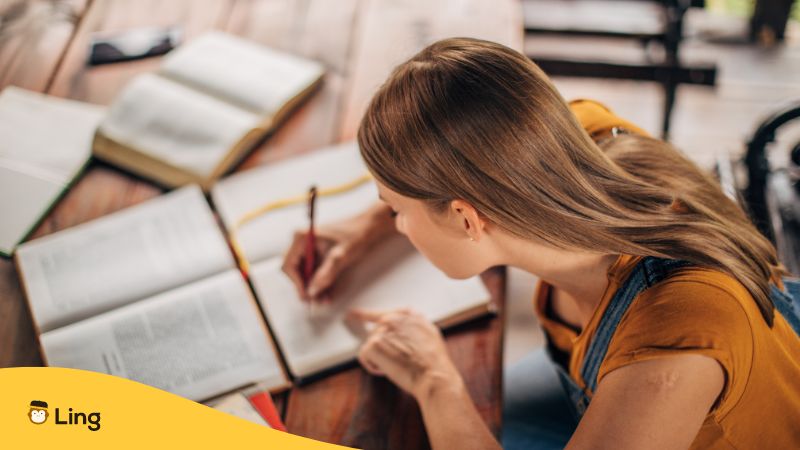
How Do You Say Plural And Dual In Slovenian?
In Slovenian, the word for plural is množina, and the word for dual is dvojina. The word for singular is ednina.
Easy Slovenian Vocabulary
I know reading textbook rules can be boring and sometimes confusing as heck, but sometimes when we’re learning a language, we have no choice but to try to memorize as much as possible. That’s why it’s also smart to think about using tools that might help us. One such tool is the Ling app, a language learning tool with which you get to do daily lessons and build your knowledge of the language as much as you want!
In the meantime, here’s some vocabulary to help you out when you’re studying Slovenian grammar:
| English | Slovenian |
|---|---|
| Grammar | Slovnica |
| Noun | Samostalnik |
| Masculine | Moški |
| Feminine | Ženski |
| Neuter | Srednji |
| Gender | Spol |
| Word | Beseda |
| Sentence | Poved |
| Verb | Glagol |
| Adjective | Pridevnik |
| Pronoun | Zaimek |
| Article | Člen |
| Conjugation | Spreganje |
| Declension | Sklanjatev |
| Case | Sklon |
| Number | Število |
FAQs About Learning Slovenian
What Is The Closest Language To Slovenian?
The languages closest to Slovenian are Croatian and Serbian.
When it comes to learning about grammar rules, the Slovene language is similar to other South Slavic languages, so native speakers from those countries might have an easier time grasping complex grammar rules.
Is Slovenian Difficult To Learn?
Learning Slovenian can be a bit challenging, especially because of its grammar. It’s got three genders (masculine, feminine, and neuter) and three numbers (singular, plural, and dual), which isn’t common in many languages. The dual form, in particular, is unique and can take some getting used to.
Other than that, there are six grammatical cases to master, which means a lot of memorization and practice. But with consistent practice, it’s definitely doable! Plus, the satisfaction of understanding and speaking such a unique and rare language is worth the effort.
What Are The Grammatical Cases In Slovenian?
Slovene grammar knows six grammatical cases:
- Nominative (imenovalnik)
- Genitive (rodilnik)
- Dative (dajalnik)
- Accusative (tožilnik)
- Locative (mestnik)
- Instrumental (orodnik)
Cases in Slovenian determine the role of a noun in a sentence, such as whether it’s the subject, object, or shows possession, among other functions. They help indicate relationships between words and provide clarity on who is doing what to whom.
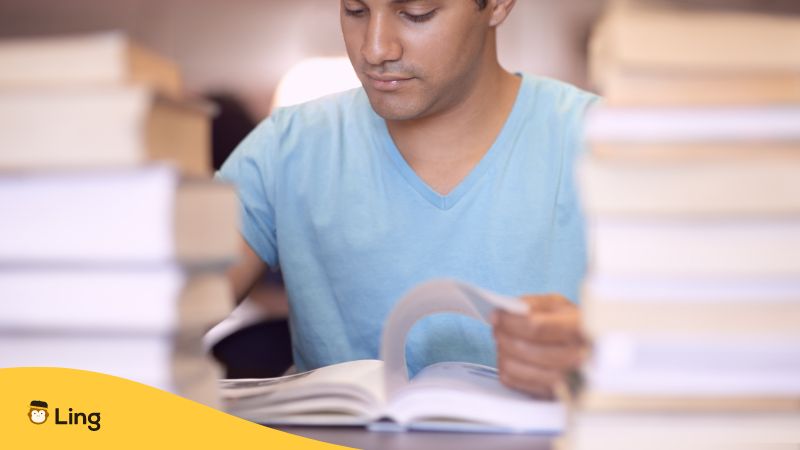
Two Plurals Are Better Than One
Learning about making Slovenian words plural can seem a bit daunting at first, especially because it has not one, but two plural forms. But that’s what makes the language special, not to mention romantic!
Learning the rules for masculine, feminine, and neuter nouns can take some time, but with consistent practice, it becomes second nature.
So keep practicing, and soon you’ll be a pro at navigating the crazy world of Slovenian plurals! Happy learning!































































